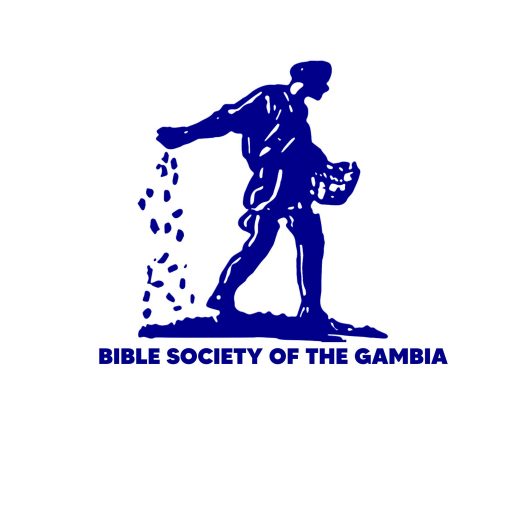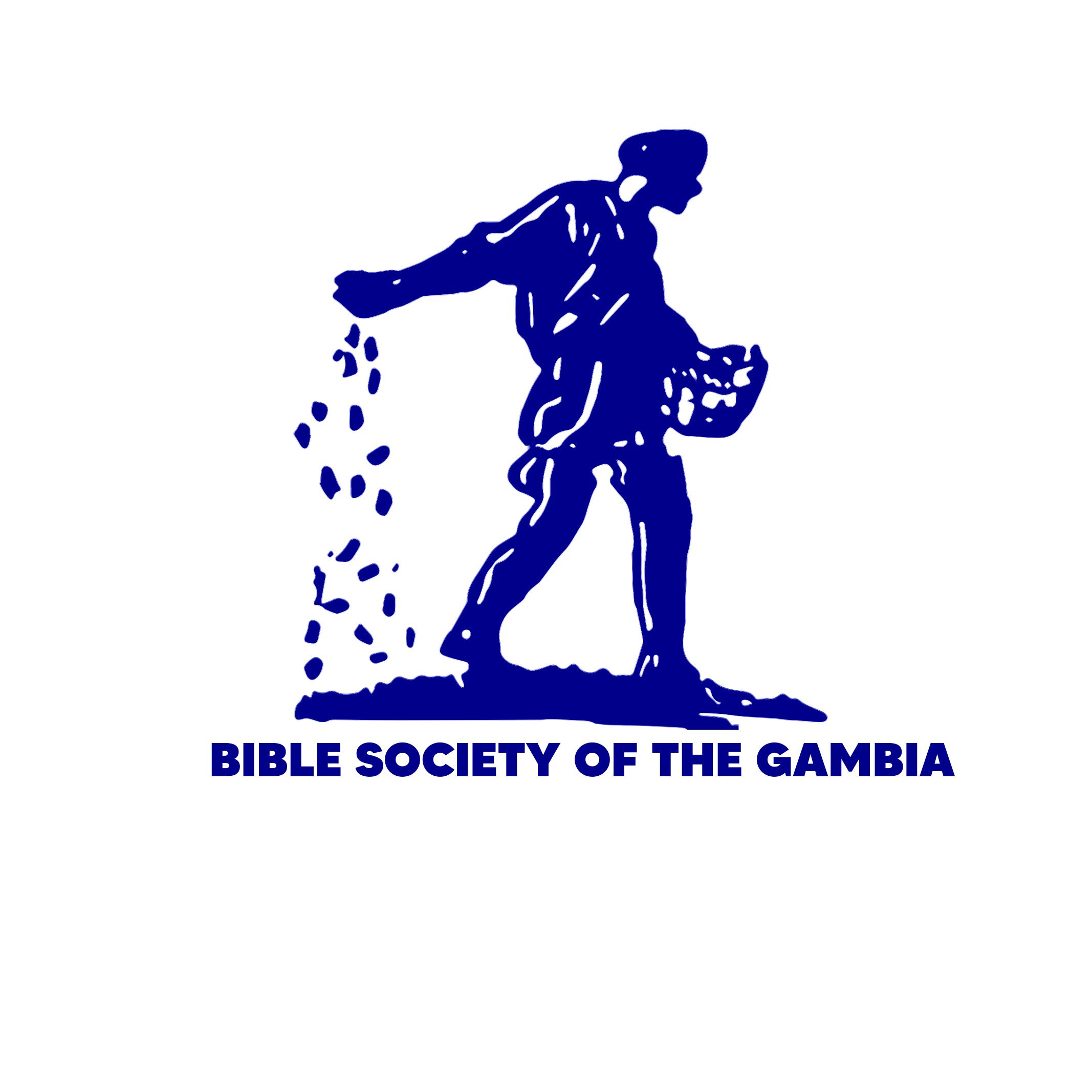The Gibeonites Hang Saul's Descendants
1 While David was king, there were three years in a row when the nation of Israel could not grow enough food. So David asked the Lord for help, and the Lord answered, “Saul and his family are guilty of murder, because he had the Gibeonites killed.”
2 The Gibeonites were not Israelites; they were descendants of the Amorites. The people of Israel had promised not to kill them, but Saul had tried to kill them because he wanted Israel and Judah to control all the land.
David had the Gibeonites come, and he talked with them. 3 He said, “What can I do to make up for what Saul did, so that you'll ask the Lord to be kind to his people again?”
4 The Gibeonites answered, “Silver and gold from Saul and his family are not enough. On the other hand, we don't have the right to put any Israelite to death.”
David said, “I'll do whatever you ask.”
5 They replied, “Saul tried to kill all our people so that none of us would be left in the land of Israel. 6 Give us seven of his descendants. We will hang these men near the place where the Lord is worshiped in Gibeah, the hometown of Saul, the Lord's chosen king.”
“I'll give them to you,” David said.
7 David had made a promise to Jonathan with the Lord as his witness, so he spared Jonathan's son Mephibosheth, the grandson of Saul. 8 But Saul and Rizpah the daughter of Aiah had two sons named Armoni and Mephibosheth. Saul's daughter Merab had five sons whose father was Adriel the son of Barzillai from Meholah. David took Rizpah's two sons and Merab's five sons and 9 turned them over to the Gibeonites, who hanged all seven of them on the mountain near the place where the Lord was worshiped. This happened right at the beginning of the barley harvest.
Rizpah Takes Care of the Bodies
10 Rizpah spread out some sackcloth on a nearby rock. She wouldn't let the birds land on the bodies during the day, and she kept the wild animals away at night. She stayed there from the beginning of the harvest until it started to rain.
The Burial of Saul and His Descendants
11-12 Earlier the Philistines had killed Saul and Jonathan on Mount Gilboa and had hung their bodies in the town square at Beth-Shan. The people of Jabesh in Gilead had secretly taken the bodies away, but David found out what Saul's wife Rizpah had done, and he went to the leaders of Jabesh to get the bones of Saul and his son Jonathan. 13-14 David had their bones taken to the land of Benjamin and buried in a side room in Saul's family burial place. Then he gave orders for the bones of the men who had been hanged to be buried there. It was done, and God answered prayers to bless the land.
The Descendants of the Rephaim
(1 Chronicles 20.4-8)15 One time David got very tired when he and his soldiers were fighting the Philistines. 16 One of the Philistine warriors was Ishbibenob, who was a descendant of the Rephaim, and he tried to kill David. Ishbibenob was armed with a new sword, and his bronze spearhead alone weighed about three and a half kilograms. 17 But Abishai came to the rescue and killed the Philistine.
David's soldiers told him, “We can't let you risk your life in battle anymore! You give light to our nation, and we want that flame to keep burning.”
18 There was another battle with the Philistines at Gob, where Sibbecai from Hushah killed a descendant of the Rephaim named Saph.
19 There was still another battle with the Philistines at Gob. A soldier named Elhanan killed Goliath from Gath, whose spear shaft was like a weaver's beam. Elhanan's father was Jari from Bethlehem.
20 There was another war, this time in Gath. One of the enemy soldiers was a descendant of the Rephaim. He was as big as a giant and had six fingers on each hand and six toes on each foot. 21 But when he made fun of Israel, David's nephew Jonathan killed him. Jonathan was the son of David's brother Shimei.
22 David and his soldiers killed these four men who were descendants of the Rephaim from Gath.
Kibeyoninkoolu ye i joo Sawulu to
1 Dawuda la waatoo la, konkoo le boyita fo sanji saba, bituŋ Dawuda ye Yaawe* ñininkaa. Yaawe ko, “Sawulu niŋ a la dimbaayaa maŋ a kekuu, kaatu itolu le ye Kibeyoninkoolu faa.” 2 Wo to le mansa ye Kibeyoninkoolu kumandi, a diyaamuta ì ye. Kibeyoninkoolu maŋ ke Banisirayilankoolu ti, bari ì mu Amorinkoolu le ti, mennu tuta baluuriŋ. Banisirayilankoolu ye ì kali le ko, ì be ì tu la jee le. Bari Sawulu ye a kata le, ka ì faa, aniŋ ka ì bondi a la karoo la Banisirayilankoolu niŋ Yahuuda moolu ye. 3 Dawuda ye Kibeyoninkoolu ñininkaa ko, “N ñanta muŋ ne ke la ali ye? M be kuu kendoolu ke la ñaadii le, fo ali si neema Yaawe la moolu ma?”
4 Kibeyoninkoolu ye a jaabi ko, “Ntolu maŋ sembe soto ka sanoo niŋ kodiforoo kaniŋ Sawulu bulu waraŋ a la dimbaayaa, waraŋ ka sembe soto, ka moo faa Banisirayila.”
Dawuda ye ì ñininkaa ko, “Ali lafita ŋa muŋ ne ke ali ye?”
5 Ì ye a jaabi ko, “Sawulu lafita ntolu kasaara la le. A ye moo jamaa le faa ntolu kono, aduŋ a maŋ lafi ŋà tara baluuriŋ Banisirayila. 6 Saayiŋ, a koomalanka moo woorowula dii ǹ na, fo ǹ si ì deŋ Yaawe ñaatiliŋo la Kibeya, Yaawe la tomboŋ moo Sawulu la saatewo to.”
Mansa ye ì jaabi ko, “M be ì dii la ali la le.”
7 Mansa ye Mefiboseti Yonatani dinkewo, Sawulu mamariŋo, tu baluuriŋ ne, kaatu Dawuda niŋ Yonatani kalita ñoo ye Yaawe ñaatiliŋo la le. 8 Bari mansa ye Arimoni niŋ Mefiboseti taa le, mennu mu Ayahu dimmusoo Risipa dinkee fuloo ti, a ye mennu soto Sawulu la. A ye Sawulu dimmusoo Merabu dinkee luuloo fanaa taa, a ye mennu soto Adiriyeli Baasillayi dinkewo Meholankoo la. 9 A ye ì dii Kibeyoninkoolu la, mennu ye ì faa, ì ye ì fayi konkoo kaŋ Yaawe ñaatiliŋo la. Ì moo woorowuloo bee le faata ñoo la. Ì ye ì faa katiri waatoo luŋ foloolu le la, kabiriŋ baali* siimaŋ katoo datita.
10 Risipa Ayahu dimmusoo ye booto funtoo taa, a ye a feenee a faŋo ye beroo kaŋ. Kabiriŋ katiri waatoo datidulaa to, fo samaa boyita ñiŋ furewolu kaŋ, a maŋ soŋ kunoolu ye ì maa tiloo to, aniŋ daafeŋ jawoolu suuto to.
11 Kabiriŋ ì ye a fo Dawuda ye, Risipa Ayahu dimmusoo Sawulu la kaŋ foroyandi musoo* ye meŋ ke, 12 a taata, a ye Sawulu niŋ a dinkewo Yonatani kuloolu taa, ka bo naŋ Yabesi-Kileyadinkoolu bulu. Kabiriŋ Filisitinkoolu ye Sawulu niŋ Yonatani faa nuŋ Kilibowa konkoo kaŋ, Yabesi-Kileyadi kewolu ye ì furewolu kullootoo taa le nuŋ saatee bantabaa to meŋ be Beti-Sani, Filisitinkoolu ye ì deŋ daameŋ. 13 Dawuda ye Sawulu niŋ a dinkewo Yonatani kuloolu samba naŋ ne ka bo jee, aniŋ wo moo doolu kuloolu ì ye mennu faa, ì ye ì bee kafu ñoo ma. 14 Ì ye ì niŋ Sawulu niŋ Yonatani kuloolu baadee Sawulu faamaa Kisi la baadeekoo le to Sela meŋ be Benjamini. Aduŋ mansa ye feŋ-wo-feŋ fo, ì ye wo le ke. Kabiriŋ wo keta, Alla ye ì la duwaa jaabi bankoo la kuwo kamma la.
Keloolu Filisitinkoolu kamma
(1 Taarika 20:4-8)15 Keloo wulita Filisitinkoolu niŋ Banisirayilankoolu teema kotenke. Dawuda niŋ a la kewolu taata, ka taa Filisitinkoolu kelendi, bituŋ a naata bataa baake. 16 Aduŋ Isibi-Benobu Rafa koomalankoo doo ye sooroo soto, meŋ kuŋo ye kilo saba niŋ too sii. Hawusari kutoo tarata a bulu. A ko, a be Dawuda faa la. 17 Bari Abisayi Seruya dinkewo taata Dawuda yaa ka a kanandi. A ye Filisitinkoo boyinkaŋ, a ye a faa. Wo to le Dawuda la kewolu kalita a ye, ka a fo ko, “I niŋ ǹ te taa ñoo la keledulaa to kotenke, i si a je Banisirayila jikoo te faa la.”
18 Kabiriŋ wo keta, ì niŋ Filisitinkoolu ye kele doo le ke Kobu. Wo waatoo Sibekayi Husankoo ye Safu faa, meŋ keta Rafa koomalankoo ti.
19 Ì niŋ Banisirayilankoolu la kele koteŋo, ì ye meŋ ke Kobu, Elihanani Yaare-Orekimu dinkewo Betilehemunkoo ye Koliyati Kitinkoo faa le, meŋ na soora dokoo la waroo ka munta ko kuruntoo.
20 Aduŋ kele doo meŋ keta Kati kotenke, kee mendiŋ baa doo le be jee, meŋ bulu-wo-bulu ye bulukondiŋ wooro soto, aduŋ a siŋ-wo-siŋ ye sinkondiŋ wooro le soto, a bee kaañanta muwaŋ niŋ naani le fee. Aduŋ fanaa a mu Rafa koomalankoo le ti. 21 Kabiriŋ a ye Banisirayilankoolu hadaañi, Yonatani le ye a faa, meŋ mu Dawuda kotoomaa Simeya dinkewo ti.
22 Ñiŋ moo naanoo le keta Rafa koomalankoolu ti, mennu be Kati, aduŋ Dawuda niŋ a la kewolu le ye ì bee faa.

